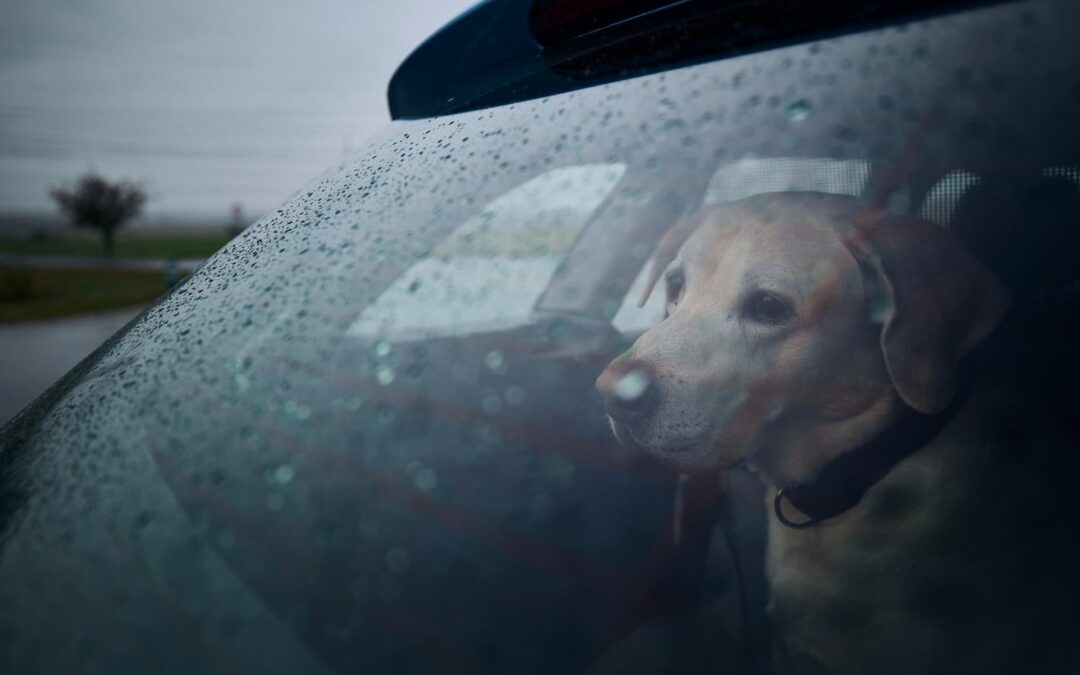Minnesota weather can be unpredictable—from sudden snowstorms and spring flooding to summer wildfires and power outages. When disaster strikes, having a go-bag ready for yourself is second nature. But what about your pet?
Our furry (or feathered, or scaled) friends rely on us entirely in emergencies, and the last thing you want is to scramble for supplies when the clock is ticking. Putting together a pet disaster kit now can mean the difference between calm and chaos later.
Whether you’re facing a few days without power or a full-scale evacuation, being prepared ensures your pet stays safe, comfortable, and cared for—no matter what.
What to Pack in Your Pet’s Emergency Kit
A pet disaster kit—sometimes called a “go-bag”—should contain everything your pet needs to survive and feel secure for at least 3 days. Store it in a waterproof bin or backpack near your front door or wherever you keep your own emergency supplies.
Here’s what to include:
- Food and water: Pack a 3-day supply of bottled water and pet food in airtight containers. Don’t forget collapsible bowls.
- Medications: Include a 3 to 5-day supply of any prescriptions your pet takes, along with a copy of their medical records. It’s smart to keep heartworm prevention and flea/tick protection on hand—these can be ordered in advance from our online pharmacy.
- Identification: Make sure your pet is microchipped and wears a collar with ID tags. Tuck a recent printed photo of your pet into the kit in case you’re separated.
- Leash, harness, and carrier: Even indoor-only pets need secure transport options. A sturdy crate or carrier helps keep them safe during evacuation.
- Comfort items: A favorite toy, blanket, or even an old T-shirt that smells like you can ease anxiety in an unfamiliar setting.
- Waste supplies: Waste bags for dogs or a disposable litter box and litter for cats are a must.
- First aid kit: Include basic supplies like gauze, tweezers, antiseptic wipes, and vet wrap. A guide to pet first aid is also helpful.
Consider labeling your bag clearly and keeping it updated every six months. Replace expired items and adjust contents as your pet’s needs change.
Have a Pet Evacuation Plan in Place
Supplies are just one part of the picture—having a plan is just as important.
Start by knowing where you’ll go if evacuation becomes necessary. Not all shelters accept animals, so research pet-friendly hotels or emergency facilities in the Cloquet area in advance. Some local boarding kennels or friends outside the evacuation zone may be willing to help in a pinch.
Other planning tips:
- Crate train your pet: If your pet isn’t used to being in a carrier, start acclimating them now. It’ll make any emergency transport less stressful.
- Practice car rides: For pets who rarely leave home, a few short drives can help build comfort with travel.
- Back up your pet’s ID: Keep a printed copy of their vaccine records, medical history, and your contact information. Store digital versions on your phone or cloud service as well.
- Microchip check-up: Make sure your contact info is up to date in the microchip registry.
You can even run a “fire drill” to test how quickly you can gather your pets and gear. The more prepared you are, the more calmly you’ll be able to respond.
Special Considerations for Exotic Pets
If you share your home with rabbits, guinea pigs, reptiles, or birds, disaster planning takes some extra steps. These pets often require specific lighting, temperature control, and diet.
Here are a few tips for exotic pet owners:
- Temperature regulation: Battery-operated heat pads or cooling packs may be necessary if you’re away from power.
- Specialized food: Exotic pets may need diets that aren’t readily available in stores. Keep an extra supply of pellets, hay, or feeder insects on hand.
- Portable enclosures: Small animals may escape from open-top boxes or poorly ventilated containers. Make sure carriers are secure and well-ventilated.
- Water supply: If your exotic pet needs dechlorinated water or misting, prep accordingly with bottled or filtered water.
If you’re unsure about how best to prepare for your non-traditional companion, our veterinary team is here to help you create a custom plan.
When Preparation Meets Peace of Mind
Disasters are stressful, but a well-packed emergency kit and practiced plan can make all the difference. You’ll not only feel better knowing you’re ready—you’ll be giving your pet the best chance at staying safe during a chaotic time.
Cloquet Animal Hospital can help you every step of the way. Whether your pet needs updated vaccinations, prescription refills, or a wellness check before storm season, our caring team is here for you. We’re proud to serve the Cloquet, MN community and support pet families in being prepared for anything.
If you’d like help putting together an emergency plan for your dog, cat, or exotic pet, schedule an appointment with us today or give us a call at (218) 879-9280. Let’s build peace of mind—together.

